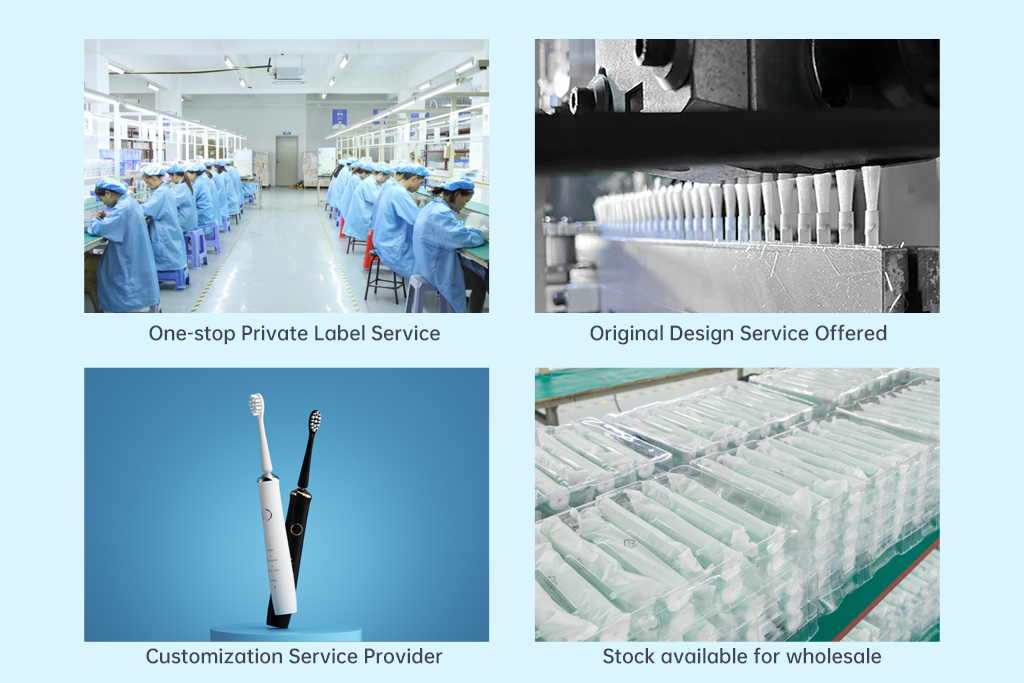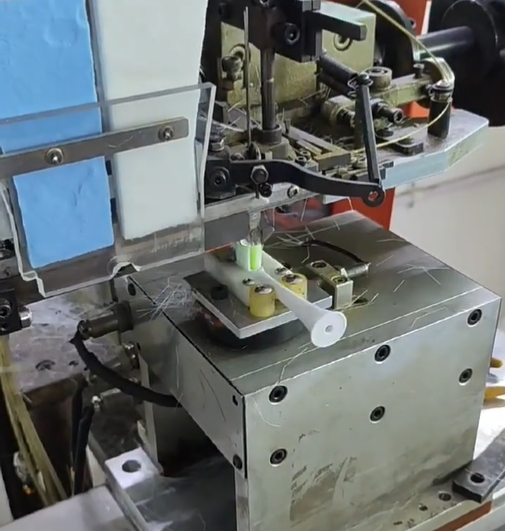In the competitive landscape of oral care devices, user adaptation has become a critical metric of product success. Surprisingly, one of the most overlooked factors hindering smooth adaptation is improper angle use. When devices are not ergonomically aligned with user behavior, even advanced technologies may fail to deliver intended results—leading to frustration, poor compliance, and product abandonment.
While many assume that users will instinctively adopt the correct brushing or flossing angle, clinical data shows otherwise. Improper angle use, especially with power toothbrushes and water flossers, often leads to:
This, in turn, delays user adaptation, especially for first-time electric brush or flosser users. Products that demand awkward wrist positioning or lack clear angling cues increase the cognitive load during daily use.
Improper angle use isn’t limited to elderly or pediatric users—it spans across all consumer groups. Common contributing factors include:
Without thoughtful design intervention, users must rely on trial-and-error, prolonging adaptation time and diminishing their trust in the product. Company web:https://www.powsmart.com/product/electric-toothbrush/
From a B2B perspective, the consequences of delayed user adaptation are tangible. Products that are perceived as hard to use due to improper angling:
ODM buyers and private label clients should take angle-related UX seriously, as it directly impacts brand retention and lifecycle value.
To address improper angle use, OEM manufacturers should incorporate:
When products “guide the hand,” rather than relying on users to self-correct, user adaptation becomes intuitive and efficient.
Human-centered design testing is essential. At the prototype stage, manufacturers should:
This investment pays off significantly by reducing long-term usability issues and support costs post-launch.
At our facility, we integrate user behavior analytics into every new device iteration. Our design engineers work closely with market insights teams to ensure brush angles, handle grips, and head orientations align with natural human ergonomics. This has resulted in a 38% improvement in first-week user adaptation among our OEM partners’ latest oral care models.
Ultimately, user adaptation struggles from improper angle use are not a user fault—they’re a design responsibility. Manufacturers and brand owners must rethink angle ergonomics as a foundational element of product development. Doing so not only enhances user satisfaction but also futureproofs your product against negative reception in a crowded marketplace.
Looking to improve adaptation rates and reduce learning curves? Contact our engineering team today to explore ergonomic optimization for your next oral care product line.
.jpg)

The Market Potential of Teeth Whitening: The Consumer Psychology Behind Annual Growth of Home Teeth Whitening Devices

Is Kids’ Electric Brushing Really Safe?

Oral Care and Personal Confidence Enhancement: A Dual Strategy from Whitening Effect to Product Appearance Level
Are Child safety Electric Toothbrushes Made from Materials?
Noise Complaints from Handle Corrosion? A Silent Threat Uncovered!

Gingival Abrasion with Saliva Depletion – A Silent Crisis in Oral Care Design?

Beyond Aesthetics: How Integrated Design Elevates Your OEM Electric Toothbrush
.jpg)
Travel-Friendly Water Flosser: From Foldable Nozzles to Globally Voltage-Compatible Solutions
.jpg)
Multiple Cleaning Modes in Electric Toothbrushes: OEM Options Explained
Long Battery Life Electric Toothbrush – OEM & Bulk Supply for Global Distributors
Light Burns Cause Bite Misalignment? Whitener Safety Controversy!

How to Achieve a Win-Win Situation of “Consumption Upgrade” and “Cost Control”?

Is Ultraviolet Sterilizing Water Flosser Becoming the New Favorite? How Do Brand Owners Select Professional Water Flosser Factories?

How to Find Reliable Electric Toothbrush Manufacturers for Your Oral Care Brand
Electric Toothbrush with Pressure Sensor – OEM Design & Wholesale Supply

The Science of Electric Toothbrush Bristle Layout: How Do Cross-pattern, Wave-pattern, and Height Difference Affect Cleaning Power?
.jpg)
Florida Electric Toothbrush – Powsmart PTR-C8

Electric toothbrush heads Charcoal Infused-Diamond

Customization Teeth Whitening Gel

electric toothbrush heads Regular Clean

electric toothbrush heads Ultra Soft

electric toothbrush heads Deep Clean

electric toothbrush heads Charcoal Infuse-Round

Private Label Whitening Gel
whstapp
whstapp
National Toll-Free Service Hotline
+86 755 86238638